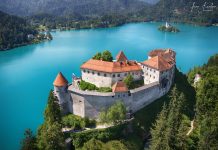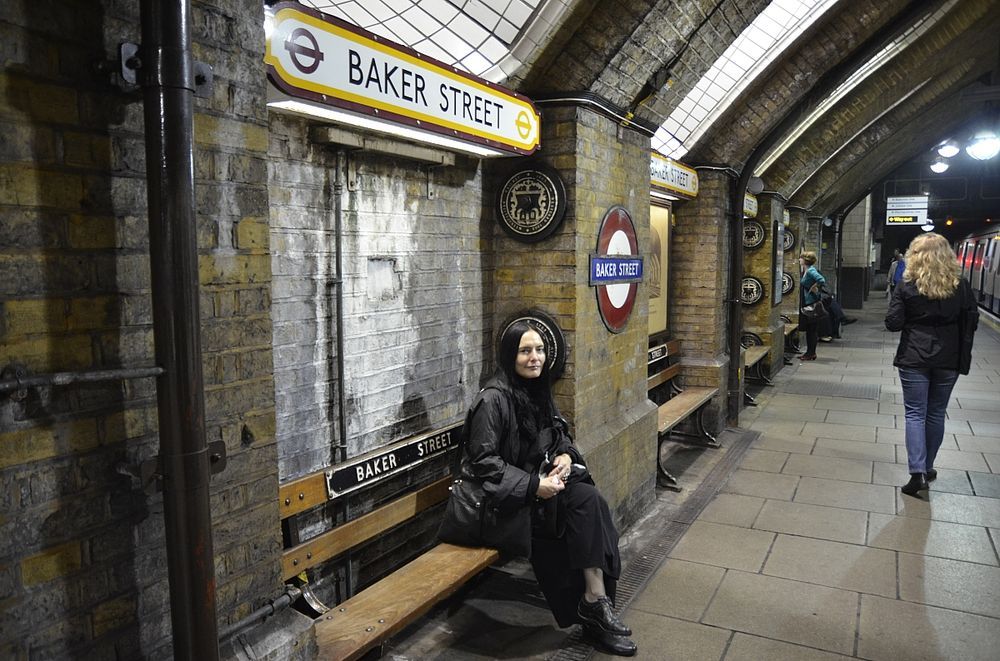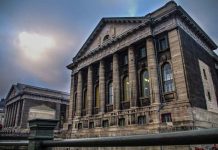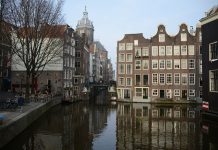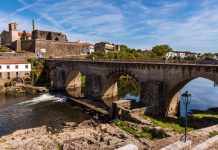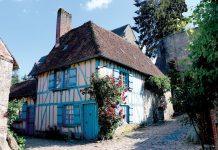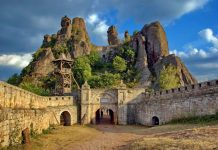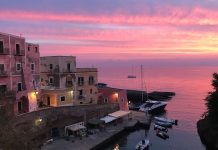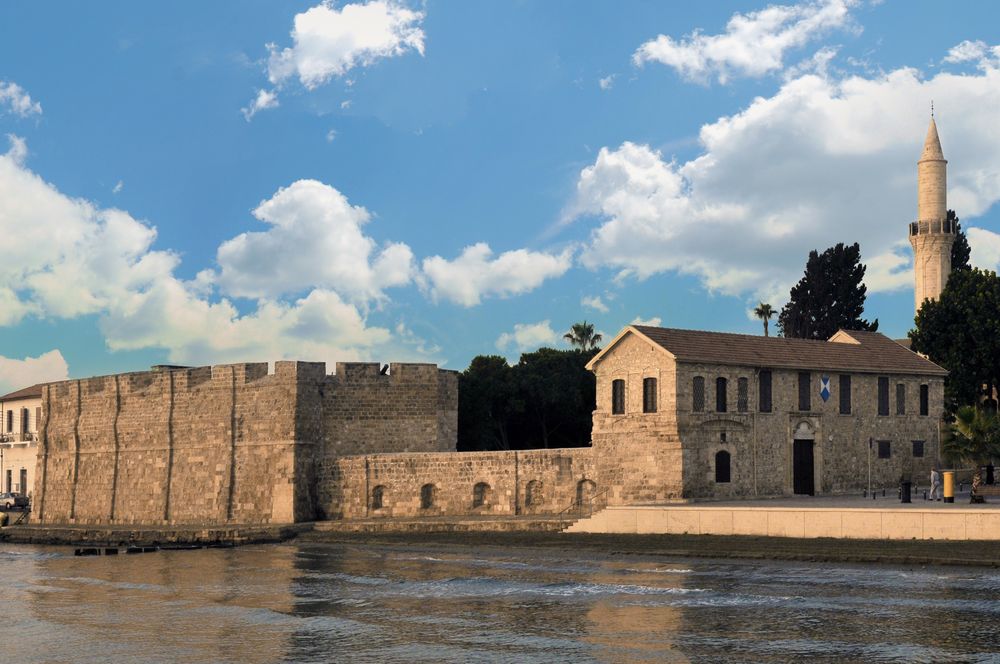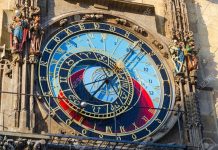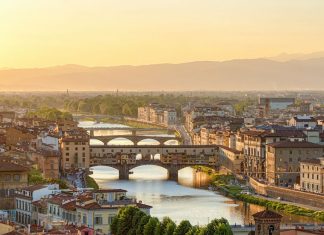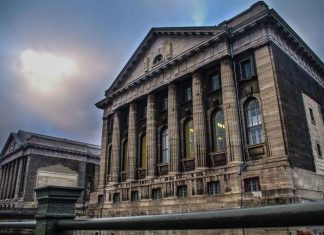The Castle of Larnaka is situated on the southern point of the coastal avenue known as “Foinikoudes” (palm trees). Abbot Giovanni Mariti, who lived in Larnaka during the first half of the 18th century, records that the Castle of Larnaka was built by the Turks but that it was already in a semi-ruinous state at the time, even though a garrison was still kept there.
According to older written sources, such as Florius Boustronius and Jauna, the Castle dates to an earlier period, during the years of the reign of King James I (1382-1398). These sources mention that the Castle was constructed in order to protect the harbour of the town which, after the capture of Famagusta, was used as the island’s main port. Other references by travellers confirm that the Castle was constructed before 1625. Nothing is known about the plan of the 14th century Castle. In its present state of conservation the castle consists of a complex of buildings constructed during different chronological periods. The two -storey building on the north side was constructed during the Ottoman period, as is indicated by its architectural>
Today the Castle houses a small museum consisting of three rooms situated on the upper floor of the main building, directly above the entrance. Antiquities from Early Christian, Byzantine and Post-Byzantine monuments of Cyprus (4th-16th centuries A.D.) are exhibited in the western room. Photographs of Byzantine Wall-paintings dated from 11th-16th centuries A.D. are exhibited in the central room. In the large eastern room representative examples of medieval glazed pottery (Sgraffito ware) (12th –18th centuries), metal cooking utensils and guns (18th-19th centuries) as well as helmets and swords (15th-16th centuries) are on display. The objects’ exhibition is enriched with photographs of defensive structures (11th-17th centuries) and Gothic and Renaissance architecture of the 18th-19th centuries.
In the inner courtyard of the castle a collection of cannons is on display, some of which date to the Medieval period.

